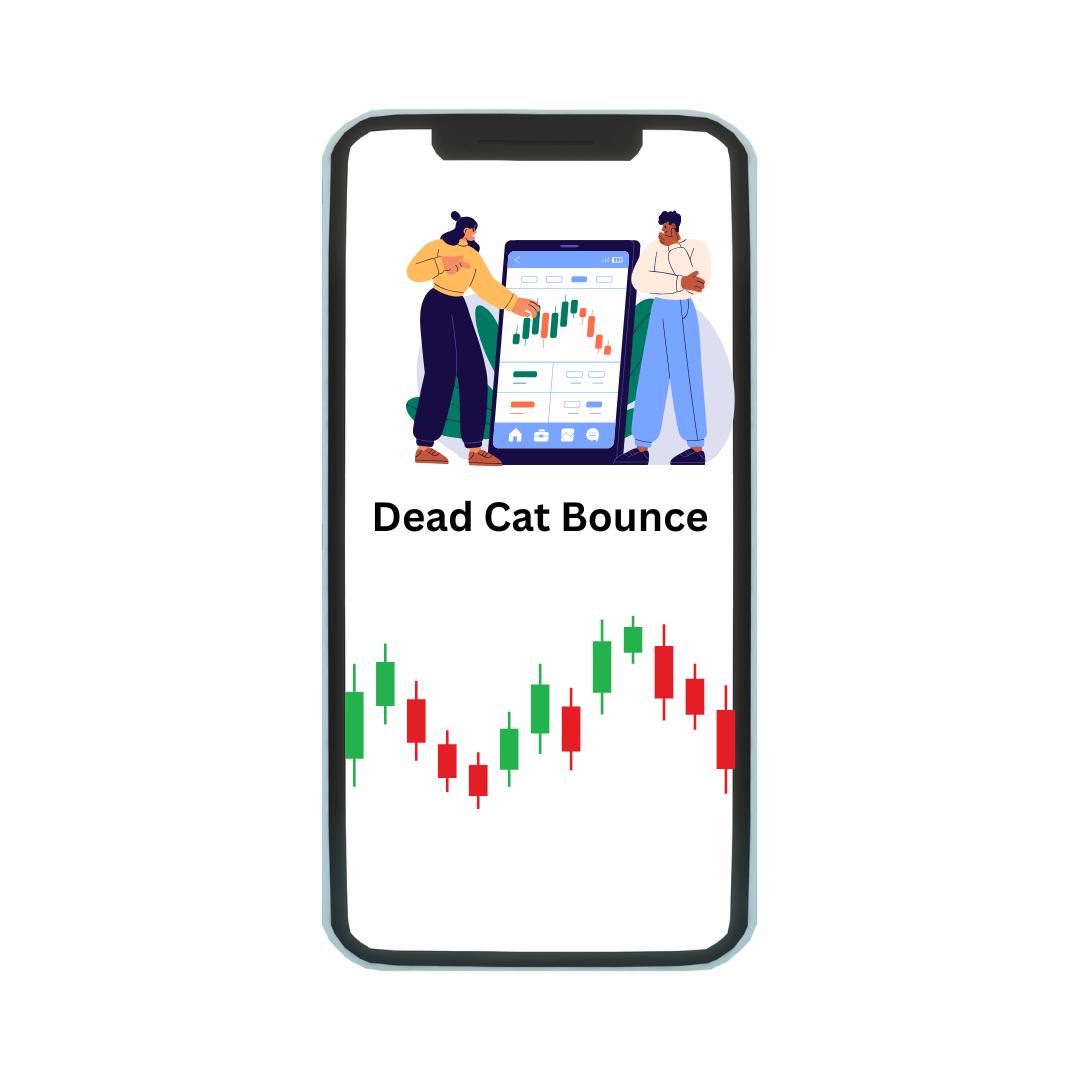The Fear and Greed Index is a tool used to gauge investor sentiment in the financial markets, particularly in stock trading. Developed by CNNMoney, it measures two key emotions—fear and greed—that drive market behaviour. The index is calculated using various indicators, including market volatility, stock price momentum, and demand for safe-haven investments. A high index value indicates greed, suggesting that investors may be overly optimistic and that a market correction could be imminent. Conversely, a low value indicates fear, often signalling potential buying opportunities as prices may be undervalued. Understanding this index helps investors make informed decisions.
What is the meaning of Fear and Greed Index
The Fear and Greed Index quantifies the levels of fear and greed in the market, representing the emotional factors that often influence investor decisions. By providing insights into market sentiment, the index aims to predict market movements and potential reversals.
Components of the Fear and Greed Index
The index is based on seven key indicators that capture different aspects of market sentiment:
- Stock Price Momentum: Measures the strength of stock price trends. Rapidly rising stock prices may indicate greed, while falling prices suggest fear.
- Stock Price Strength: Compares the number of stocks reaching new highs versus new lows. A higher number of new highs relative to new lows signals bullish sentiment (greed), while more new lows indicate bearish sentiment (fear).
- Market Volatility: Assesses changes in the market’s volatility, typically using the VIX (Volatility Index). Increased volatility often reflects fear in the market, while lower volatility suggests greed.
- Junk Bond Demand: Analyzes the demand for high-yield bonds (considered riskier investments). Strong demand for junk bonds indicates investor confidence (greed), whereas low demand signals caution (fear).
- Put and Call Options: Evaluates the volume of put options (bearish bets) relative to call options (bullish bets). A higher ratio of puts to calls suggests fear, while more calls than puts indicate greed.
- Safe Haven Demand: Measures the demand for safe-haven assets like gold and treasury bonds. Increased demand for these assets reflects fear, while lower demand indicates a risk-on sentiment (greed).
- Market Momentum: Examines how the market is performing relative to its average historical performance. Strong performance suggests greed, while weak performance signals fear.
Calculation of the Fear and Greed Index
The index is calculated using a scale from 0 to 100, where:
- 0-25: Extreme Fear
- 26-50: Fear
- 51-75: Greed
- 76-100: Extreme Greed
Each of the seven indicators is assigned a score based on its current performance relative to historical averages. These scores are then aggregated and normalized to produce the final index value.
Significance of the Fear and Greed Index
- Market Timing: The index helps investors identify potential entry and exit points. High levels of greed may suggest that the market is overbought, while extreme fear could indicate undervalued assets and potential buying opportunities.
- Behavioral Finance Insight: Understanding market sentiment can provide insights into investor psychology, helping investors recognize when emotions may be driving irrational market behavior.
- Risk Management: The index can aid in assessing market conditions and adjusting investment strategies accordingly, allowing investors to navigate volatile markets more effectively.
Limitations of the Fear and Greed Index
- Not a Predictive Tool: While it provides valuable insights into market sentiment, the index is not a definitive predictor of market movements. Investors should consider other analyses and indicators when making decisions.
- Short-Term Focus: The index may be influenced by short-term market fluctuations and sentiment, which can lead to misleading signals for long-term investors.
- Subjectivity: The interpretation of fear and greed can vary among investors, making it essential to use the index as one of several tools in a comprehensive investment strategy.
Using the Fear and Greed Index in Investment Decisions
- Contrarian Approach: Investors may adopt a contrarian strategy by looking to buy during periods of extreme fear and sell during periods of extreme greed.
- Market Analysis: Incorporating the index into broader market analysis can enhance understanding of market trends and investor behavior.
- Portfolio Management: The index can inform adjustments to investment strategies, helping to align portfolios with prevailing market sentiments.
Conclusion
The Fear and Greed Index serves as a valuable tool for investors seeking to understand market sentiment and its potential impact on investment decisions. By analyzing the balance between fear and greed, investors can better navigate market dynamics, make informed choices, and enhance their overall investment strategies. While it is not a standalone predictive measure, integrating the Fear and Greed Index with other financial analyses can contribute to more effective decision-making in the ever-changing landscape of the financial markets.





